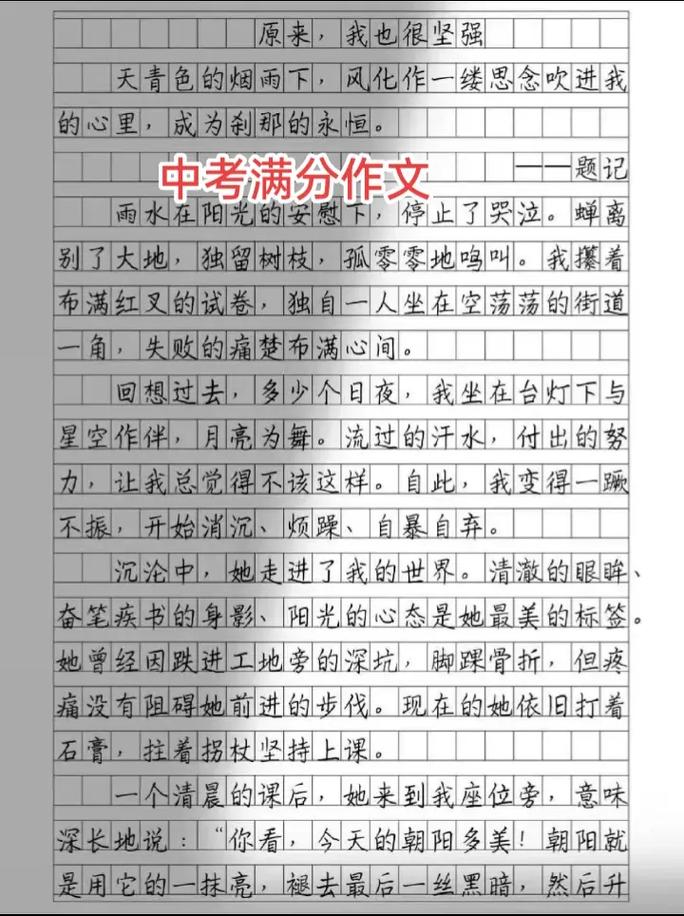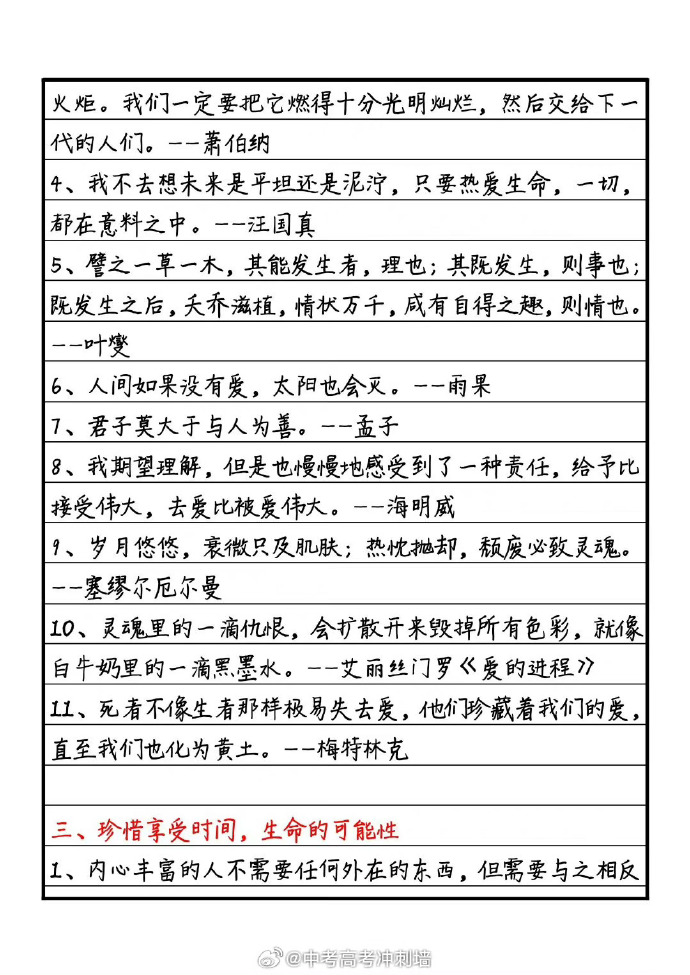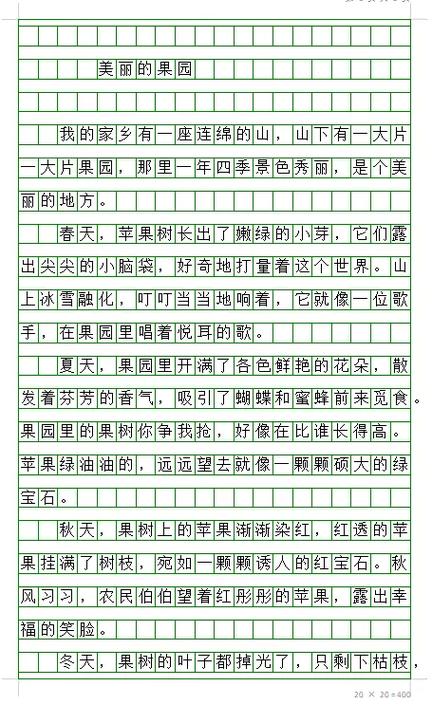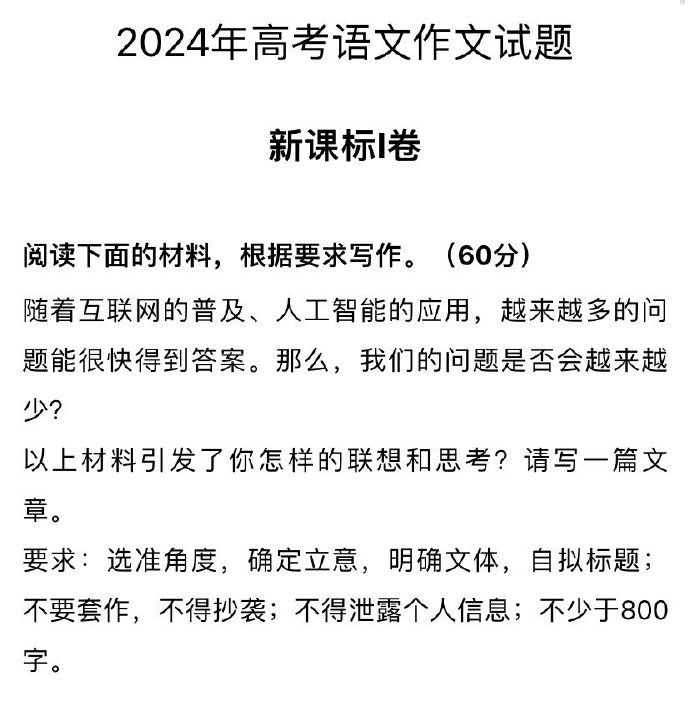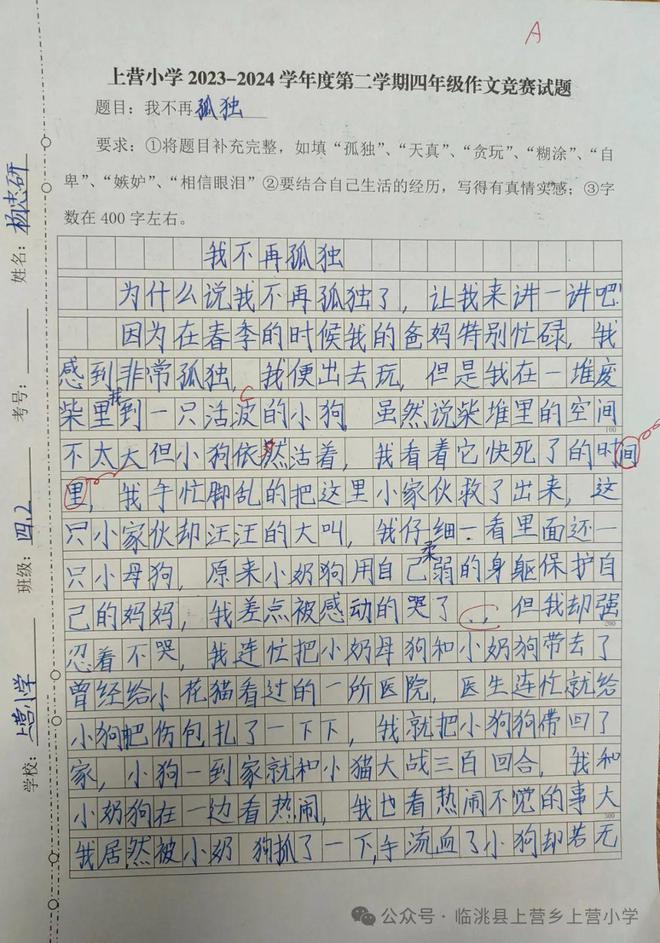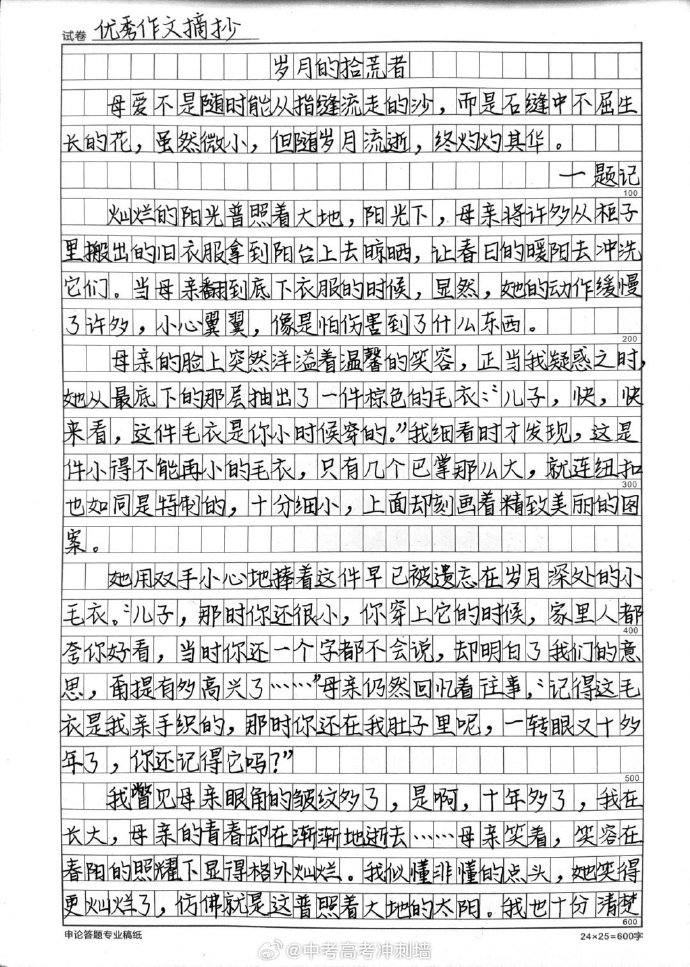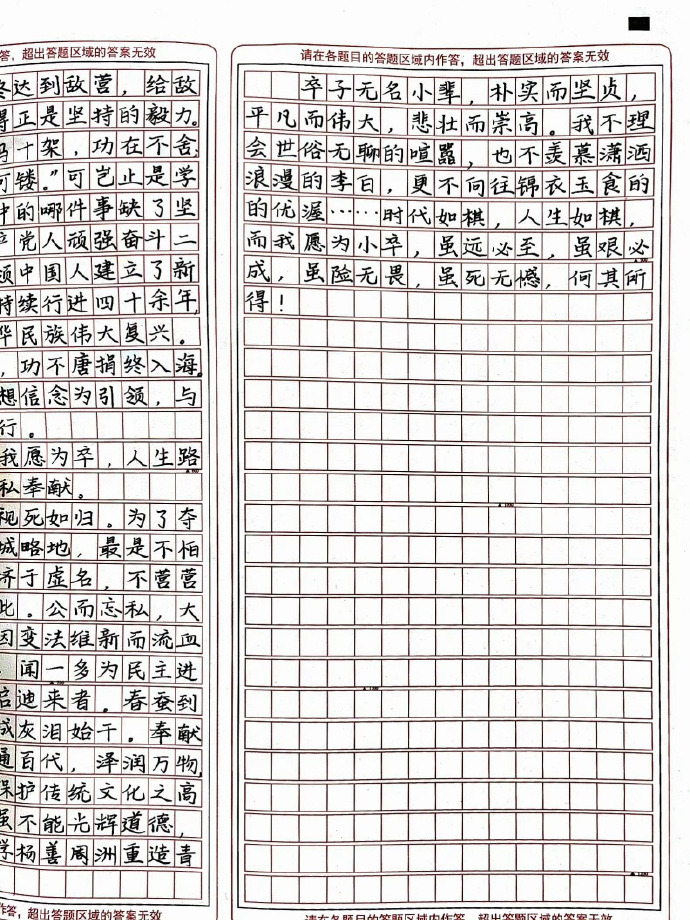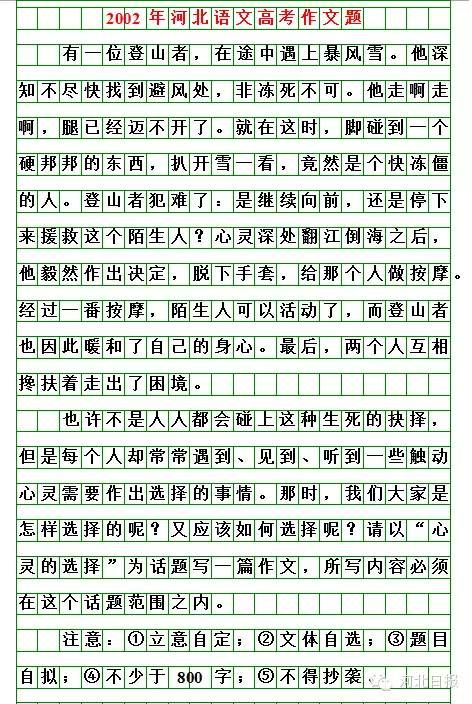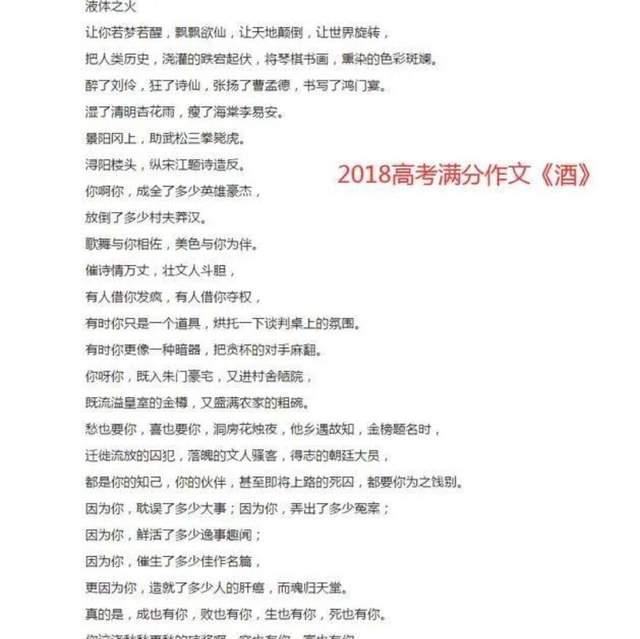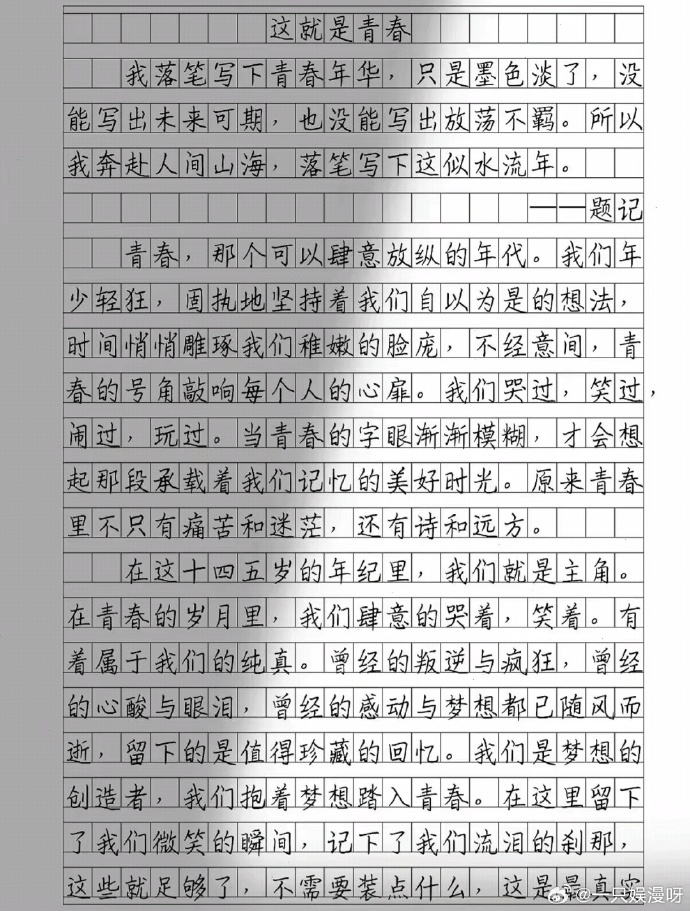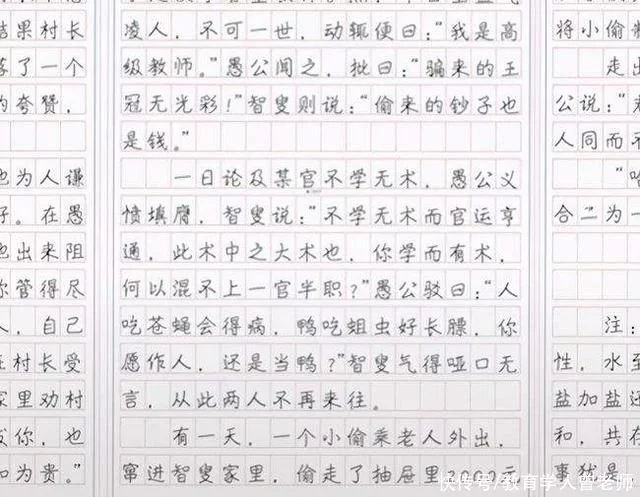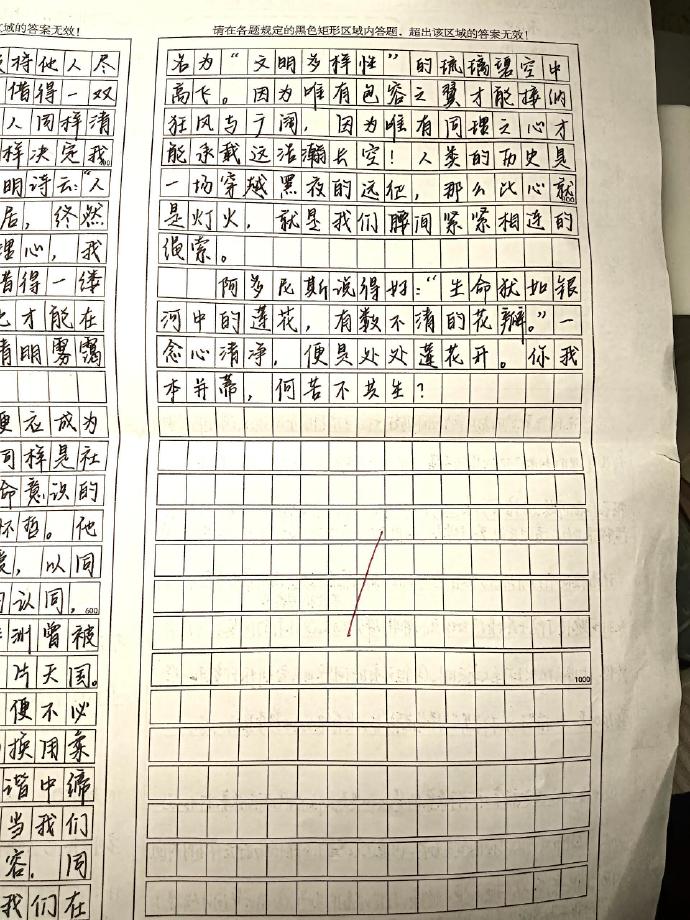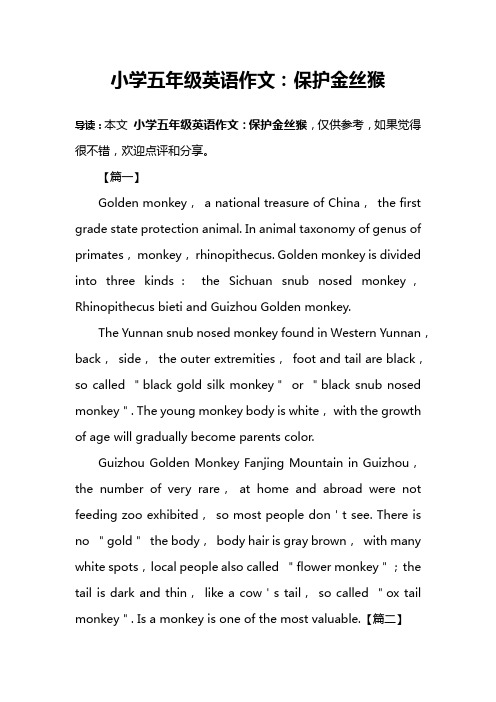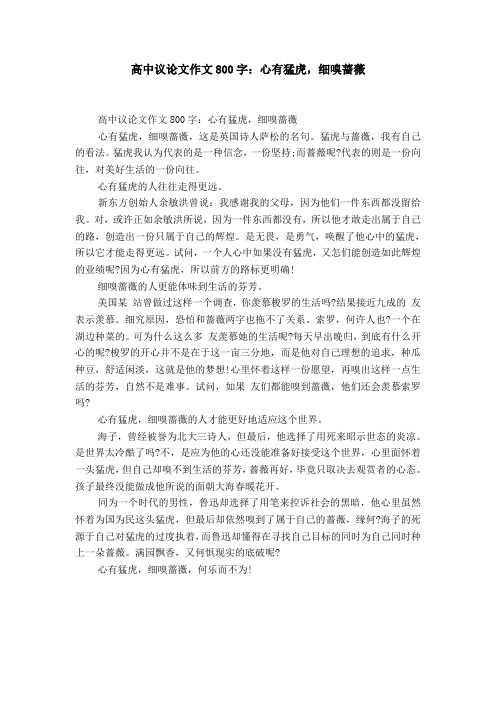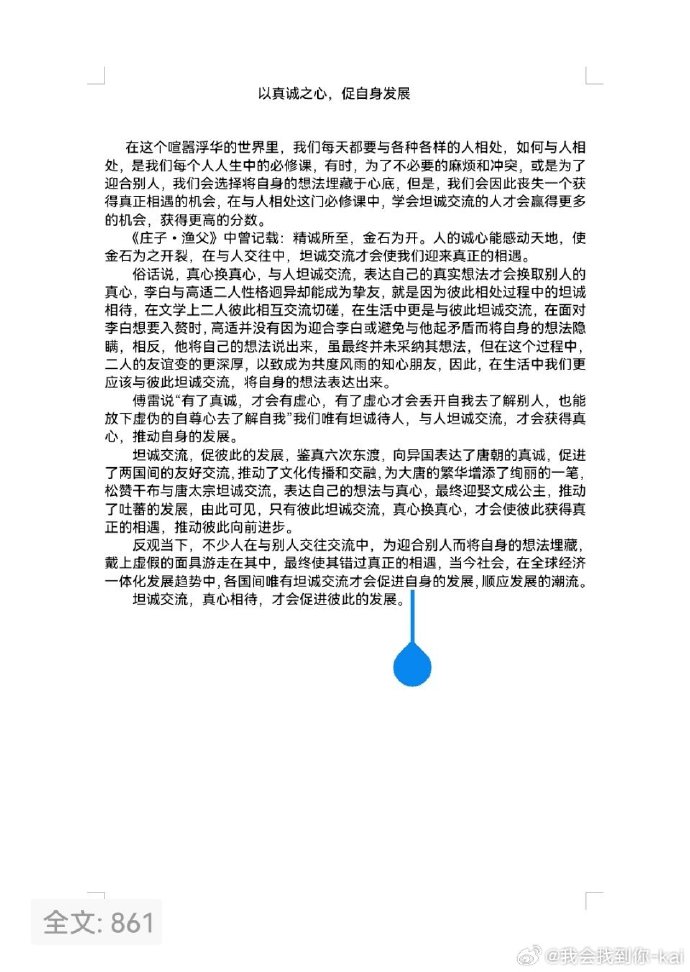Spring Festival, also known as Chinese New Year, is the most important traditional festival in China. It is a time for family reunions, celebrations, and various customs that have been passed down through generations.
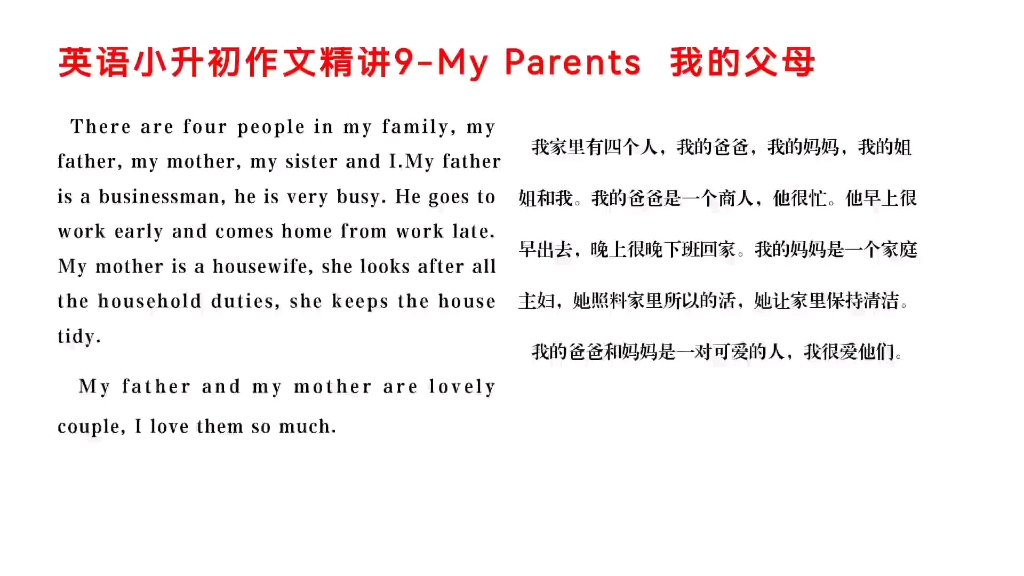
I. The Preparations for Spring Festival
Before the arrival of Spring Festival, people start to make extensive preparations. One of the most important tasks is cleaning the house thoroughly. This is not just about tidying up, but also symbolizes sweeping away bad luck and welcoming good fortune. For example, families will clean every corner of their homes, wash windows, and even change bed sheets. They believe that a clean environment will bring them good luck in the new year.
Another key aspect of the preparations is shopping for food and decorations. People flock to supermarkets and traditional markets, buying all kinds of ingredients and festive items. Food plays a central role in the Spring Festival celebrations. Families purchase fresh meat, vegetables, fruits, and special treats like dumplings, candies, and nuts. Dumplings are especially significant as they are thought to bring wealth and prosperity. In addition, red lanterns, couplets, and paper-cuttings are bought to decorate homes and create a festive atmosphere. Red is considered an auspicious color in Chinese culture, representing joy and good luck.
I
I. The Celebrations during Spring Festival
On the eve of Spring Festival, families gather together for a grand dinner, which is one of the highlights of the celebrations. The dinner table is filled with an array of delicious dishes. Besides the aforementioned dumplings, there are often dishes like fish, which symbolizes abundance, and chicken, which stands for good luck. After the dinner, people stay up late, which is called "Shousui". This tradition is believed to bring longevity and good fortune. During this time, families watch the CCTV Spring Festival Gala, a televised show that features a variety of performances such as songs, dances, and comedies, adding to the festive mood.
During the following days of Spring Festival, visiting relatives and friends is a common practice. People dress up in their best clothes and visit each other's homes with gifts in hand. Children look forward to receiving "red envelopes" containing money from their elders. These red envelopes are not only a gesture of good wishes but also a way to share the joy of the festival. In addition, various traditional activities take place, such as setting off fireworks and firecrackers. Although the use of fireworks has been limited in some cities in recent years due to environmental concerns, it remains an integral part of the festival in many rural areas and small towns. The loud noises and colorful explosions in the sky light up the night and create a sense of excitement and festivity.
II
I. The Significance of Spring Festival
Spring Festival holds great significance for the Chinese people. It is not just a time for relaxation and enjoyment, but also a moment to pass on cultural traditions and values. It strengthens family bonds as family members travel from near and far to be together. It also provides an opportunity for young generations to learn about their history and culture. Through the various customs and traditions, such as the meanings behind the food and the decorations, people gain a sense of identity and belonging. Moreover, Spring Festival promotes social harmony as people share happiness and blessings with each other. It is a festival that embodies the essence of Chinese culture, reflecting the optimism, resilience, and unity of the Chinese people.
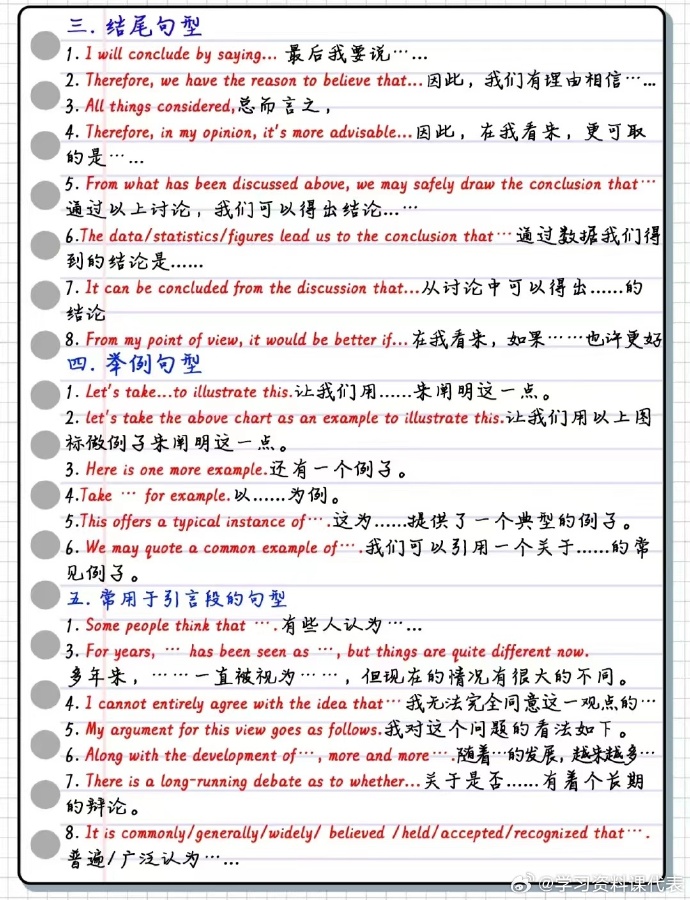
In conclusion, Spring Festival is a vibrant and deeply meaningful festival in China. From the meticulous preparations to the lively celebrations, it showcases the unique charm of Chinese culture. It is a time when families come together, traditions are preserved, and hopes for the future are renewed. With its rich cultural connotations and warm atmosphere, Spring Festival continues to play a vital role in the lives of the Chinese people.
未经允许不得转载:» 描写春节的英语作文(春节的英语描述)

 佰一阅读网
佰一阅读网

